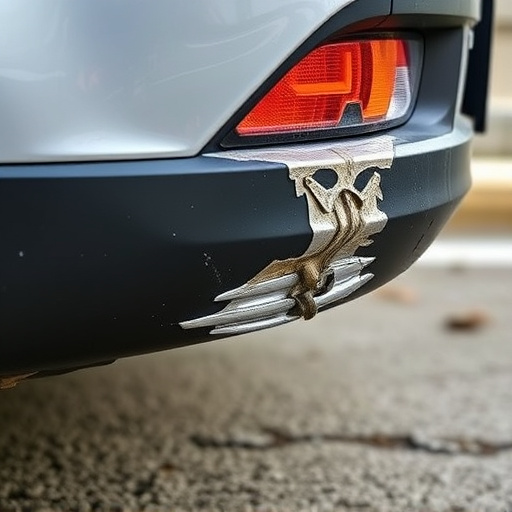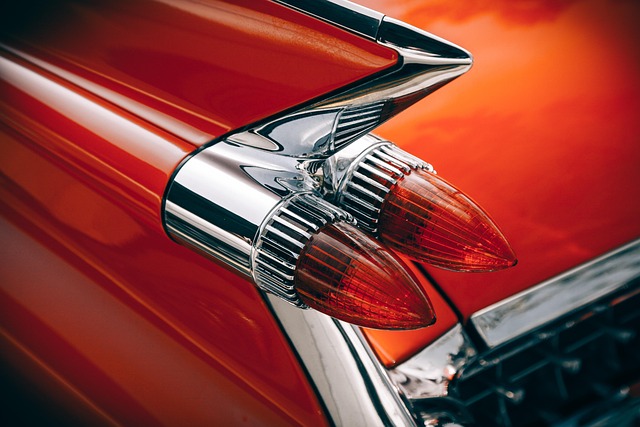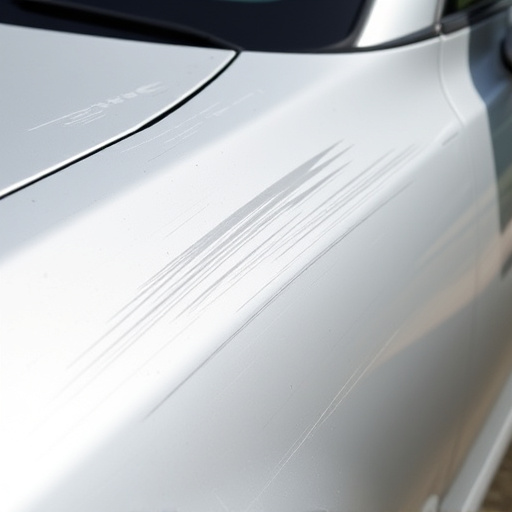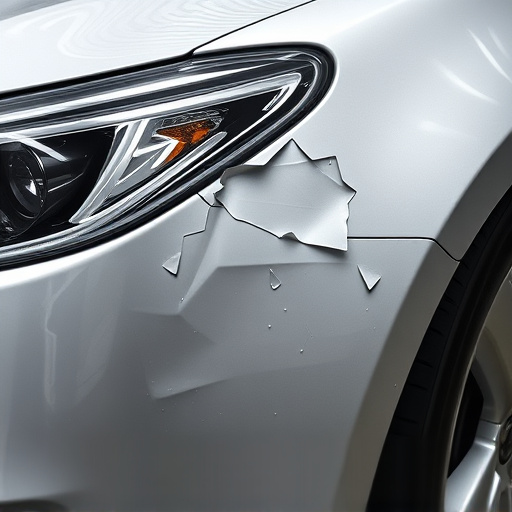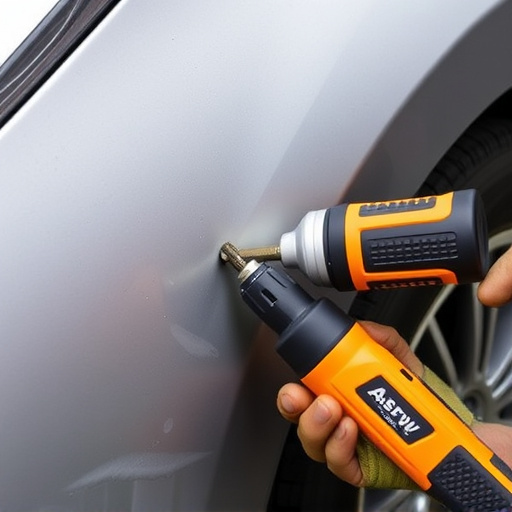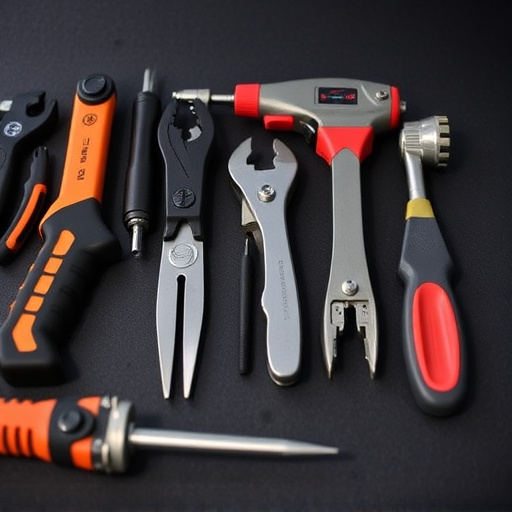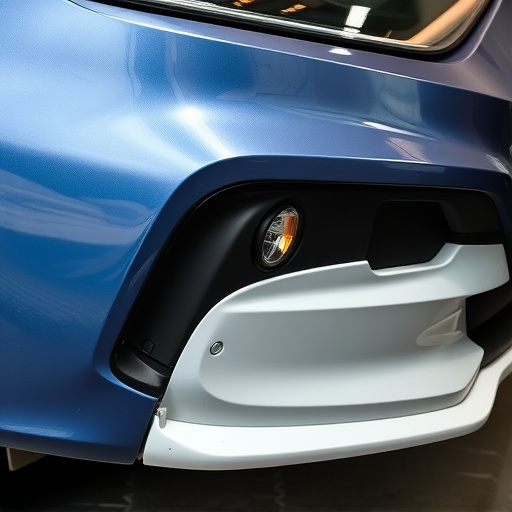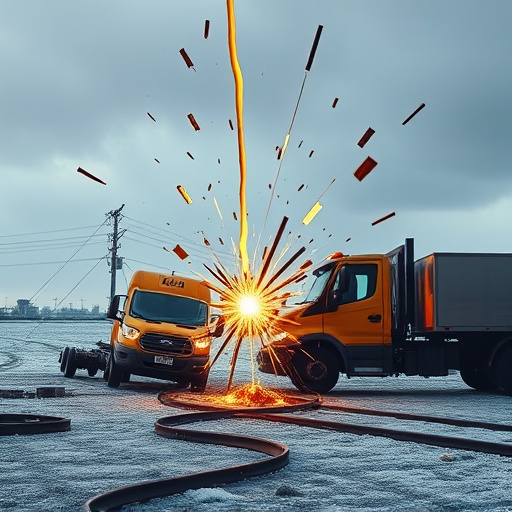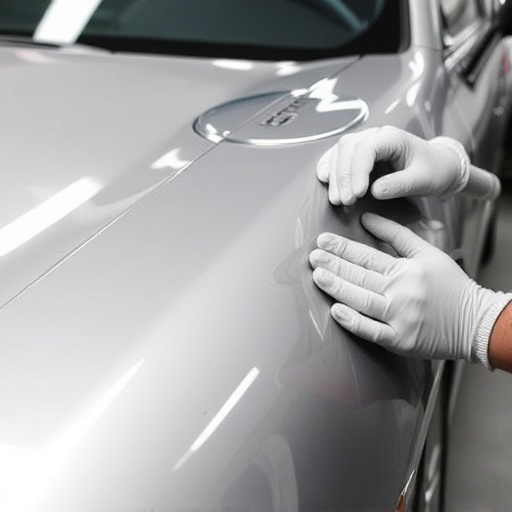Evaluating and repairing Tesla aluminum bodies requires meticulous techniques. Experts inspect for dents and severe damage, using specialized tools and tailored approaches. Initial stages involve disassembling damaged panels, thorough cleaning, and welding to restore structural integrity. Filling and finishing ensure a seamless, original appearance after minor impacts or major crashes. Skilled technicians guarantee top-tier repairs, combining precision with Tesla's unique body construction for optimal results in Tesla aluminum body repair.
Understanding the intricate process of Tesla aluminum body repair is essential for both professionals and enthusiasts. This comprehensive guide breaks down the key steps involved in restoring these innovative vehicles. From evaluating damage and demounting components to employing specialized welding, filling, and finishing techniques, each phase demands precision and expertise. By mastering these repair methods, you’ll ensure your Tesla maintains its structural integrity and aesthetic appeal, extending its lifespan on the road.
- Evaluating Damage: Initial Assessment of Tesla's Aluminum Body
- Demounting and Preparation: Removing Damaged Parts for Repair
- Repair Techniques: Welding, Filling, and Finishing Aluminum Panels
Evaluating Damage: Initial Assessment of Tesla's Aluminum Body
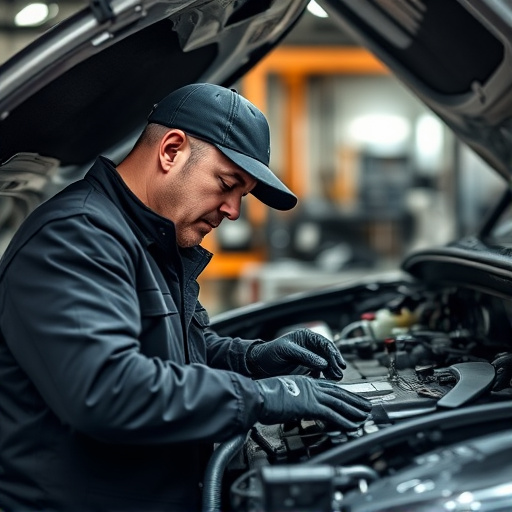
Evaluating damage to a Tesla’s aluminum body is a meticulous process, crucial for effective and precise Tesla aluminum body repair. The initial assessment involves careful inspection, utilizing both visual cues and advanced diagnostic tools. Experts examine the vehicle for signs of denting, cracking, or deformity, considering both the exterior panel and underlying structure. Each damage type demands a specific approach; while minor dents might be repaired using specialized tools and techniques, more severe impacts may necessitate replacement parts and complex autobody repairs.
This initial phase is vital to ensure that the repair process addresses all issues, restoring the vehicle’s structural integrity and aesthetic appeal. Remember that Tesla’s aluminum construction offers advantages in weight reduction and corrosion resistance but also demands specialized knowledge for effective car dent repair and restoration.
Demounting and Preparation: Removing Damaged Parts for Repair
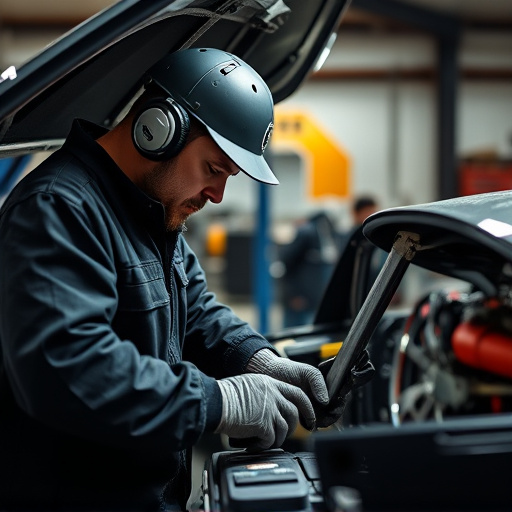
When it comes to Tesla aluminum body repair, the initial step involves demounting and preparing the damaged parts. This meticulous process requires skilled technicians who understand the unique construction of Tesla vehicles. They carefully disassemble the affected panels, carefully removing any components that might be in the way, such as trim pieces or sensors.
The preparation stage is crucial for ensuring a seamless repair. The removed parts are inspected for damage and cleaned to remove any debris or corrosion. This meticulous attention to detail sets high-quality auto body repair shops apart, guaranteeing that each component is ready for replacement or refurbishment. By following these steps, technicians can effectively address the issue, whether it’s a minor dent or a more significant crash impact, ultimately restoring the Tesla to its original aesthetic condition and structural integrity.
Repair Techniques: Welding, Filling, and Finishing Aluminum Panels
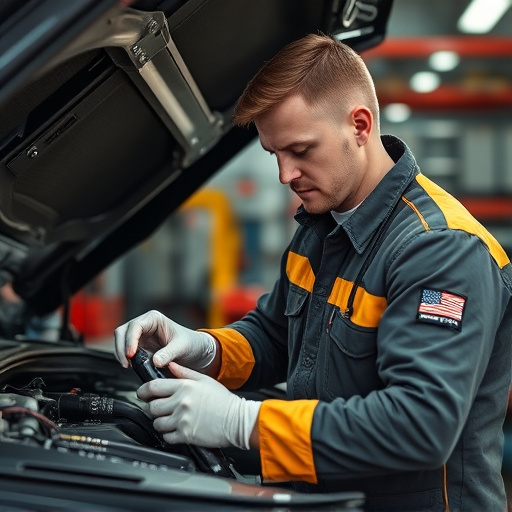
In the realm of Tesla aluminum body repair, understanding the nuances of welding, filling, and finishing is paramount. For structural integrity, welding is a game-changer, ensuring seamless connections that rival the strength of the original factory panels. This technique is particularly crucial for repairing fender benders or minor dents, maintaining the luxury vehicle’s overall stability.
Following welding, filling becomes essential to achieve a smooth surface. Specialized materials are used to fill in imperfections, preparing the panel for the final finishing touch. This meticulous process ensures that even after a bumper repair, the Tesla retains its sleek and modern aesthetic. The finishing stage involves careful application of paint or coating, matching the exact shade and gloss of the original body work, thus concealing any evidence of previous accidents or repairs in these luxury vehicle repairs.
Understanding the precise steps involved in Tesla aluminum body repair is crucial for ensuring the vehicle’s structural integrity and aesthetic appeal. By thoroughly evaluating damage, demounting and preparing affected parts, and employing effective repair techniques like welding, filling, and meticulous finishing, enthusiasts and professionals can expertly restore Tesla bodies to their original condition, maintaining both performance and style. These steps serve as a foundation for keeping Tesla vehicles in top shape, allowing owners to enjoy the benefits of this innovative automotive technology for years to come.
